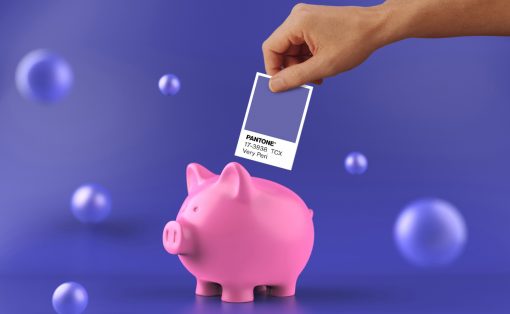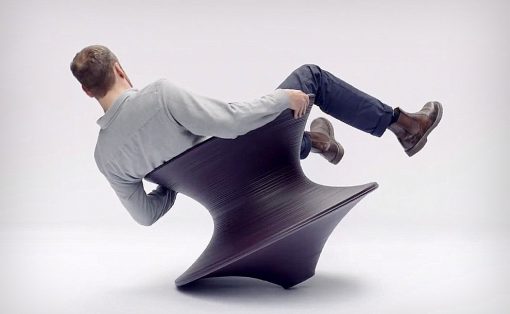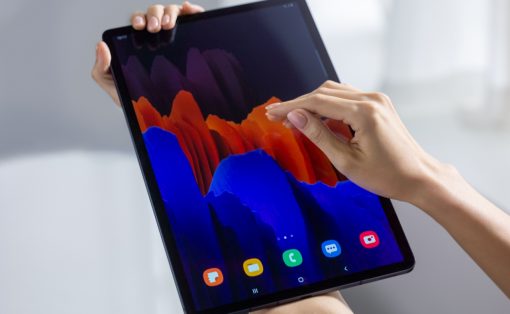It is with a hard heart that I write this post today. It has come to our attention that a design, The Pocket Light by Hyun Jin Yoon & Eun Hak Lee (Ryan Harc), was stolen, produced and sold unlicensed under another brand. The team at Yanko Design does not condone such activities and urge all readers to boycott any pocket light they may encounter. If you recollect, this light-design had gone viral on the net and had garnered much attention from the online community in 2008.
ORIGINAL POCKET LIGHT
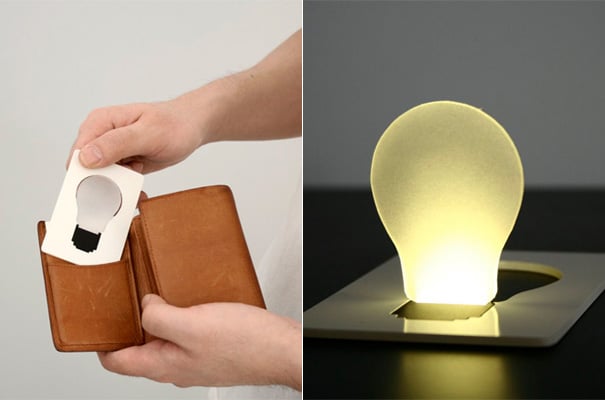
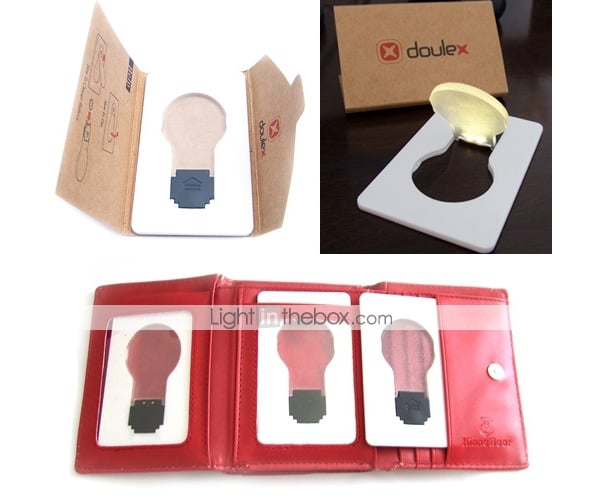
Moving forward, we could speculate 101 ways how and why Ryan Harc’s design was stolen, but ultimately it does not matter. What really matters is the fallout of such a situation, the impact of it on the designers and the design industry.
In many ways the Internet is a new medium when it comes to the management of intellectual property. Many designers are still struggling to reconcile its power of reach versus control of information flow. Here are some of my thoughts on managing creative content on the Internet.
1) Managing Expectations
Whenever a design is shown to the public there is a chance it could get ripped off. Design awards, graduation shows, public critiques, discussions with model makers, even obtaining costing for prototypes are all possible avenues where a design could get stolen.
The Internet is no different. In fact, because of the power of the Internet’s reach, the chance could be higher. However I do find it interesting that designers take more precautions showing work at graduation shows or manufacturers than on the Internet.
This being said, I have to say that the case of the copied Pocket Light happens rarely, especially if the stolen design was just a concept. The reason because the additional work required in taking a concept to an actual product requires far more effort than just coming up with an idea. In many cases it is very difficult to do if the designer that came up with the idea is not part of the development team.
That’s why people often tend to rip off finished products like LV bags or Vertu phones. All the hard work has already been done, all you need to do is just reverse engineer it. Oh, and there is that brand element as well.
So how or why did the Pocket Light get stolen? My guess is that it was “The Perfect Storm”. So happens that a manufacturer or a brand had access to all the right ingredients and be in a position to take up that idea and convert it quickly and easily into a product. In my opinion it was just sheer bad luck on the part of Ryan Harc.
2) So then why would anyone want to post his or her designs on the Internet?
There are actually a number of reasons, but the trick here is making sure you figure out “why?” before you do so.
The first and most common reason is credibility. Budding designers or design studios looking to make a name for themselves often share online self initiated design projects with the aim of getting their talent discovered.
If this were your objective, then getting a design copied would then fall in the realm of “imitation is the best form of flattery.” It is unfortunate, but consider milking it for all its worth.
The next reason designers publish designs online is that they are looking for a job. Most of the time these designs are portfolio work that have already been introduced in the market. However there are designers that would include personal design projects or submissions to design competitions hoping to show potential employers the breath of their talent.
The final last two reasons are closely link. That is, designers intending to sell a product or the rights to a design for production. If this is indeed your objective, you should ensure that you have taken the relevant intellectual property protection like patents or design registrations.
An important thing to note is that these 4 points are mutually exclusive. You cannot hope to “gain credibility” and also aim to “sell your design”. Both require different mindsets, and to combine the two is a recipe for disappointment.
3) So what can we do to protect ourselves?
I’m no expert on intellectual property, but by understand the gist of what it can do for you widens your options. Do research the details of Utility Patents, Design Registrations and Trademarks at your nearest Intellectual Property Office as soon as you can.
But for the purpose of this discussion, let us look at IP more from a strategic angle; is IP really needed for what you want to do?
An old employer of mine has this policy on patents. If an idea or invention could be licensed to another party for royalties, then it is worth taking the effort to get a patent. Why is this so? It makes perfect sense when you look at patents from a business point of view.
In certain cases the cost for a patent could come in at USD $30,000-50,000(for a worldwide coverage) or more. This does not include things like patent searches, legal fees and other incidentals. So if you look at it from an ROI (Return on Investment) perspective it just doesn’t not make sense. More so when you consider that most patents are applied on inventions before they are even launched or market proven.
I’m not saying don’t patent your idea. If you think you have a killer idea or invention, then you should really consider investing in a patent. The hard part is figuring out if the idea is really worth it.
Now this comes to the next part of the patent equation. Lets say you managed to pull together $30,000 and got yourself a patent. You now have peace of mind. You launch your product and it becomes a small success. The success is small enough that you don’t rest on your laurels but big enough for the rest of the world to take notice that it is now market proven. Soon cheap imitations start to flood the market while you are struggling to grow your business. The question now is do you have the financial muscle or just simply the willpower to enforce your patent?
Many inventors I have spoken to shared with me that patents are really just for a peace of mind. In certain cases they are useful, in other times, too much of a good thing. At the end of the day the decision is really yours but be aware of what it can do for you, and weigh the pros and cons of that hefty investment.
4) So what shall we do now?
Let me now share with you 4 suggestions on what I think designers can do, considering the landscape I have outlined above.
a) Share it, Get famous and Move on.
Most designers would fall under this category. So when you share designs, you do it to share and celebrate the cleverness of the idea. You may also do it for karma, and in the hope that by sharing, karma comes back to you as fame and maybe even fortune. But at the end of the day you are realistic, you expect nothing in return and quickly move on to the next big idea you come up with.
b) Make it, Share it, Sell it, and Get Out!
One thing about patents they never talk about is that it can be circumvented. There is no guarantee that someone will not takes your idea, modify it and sell it as a better alternative. So one way to play it is that if you think you have a good idea and want to capitalize on it; then a way to do it is to make your money and get out.
I planned my iPoor T-Shirt project with this strategy in mind. I knew the idea had merit, but with the product being a T-Shirt with a simple silkscreen graphic, I knew anyone could easily copy it. So I hatched a plan to make the iPoor T-Shirt in limited quantities and once it sold out, I’m out of the game. This strategy also forces you to ensure costs, margins and return on investment all work they way you want it.
c) Share it to Stake your Claim to the World.
I’m sure you can relate to my situation. I’m an employed designer, struggling to make ends meet, but I have ideas and some savings to invest in it. So how can I leverage on the power of the Internet to help me? I know I can’t afford a patent, so what do I do? I share it and stake my claim to the world, and if the design gets ripped off people will hopefully “do the right thing”.
My Spaces for Ideas Sketchbook is one such project, where by engaging my readers for feedback and getting them to be part of the development process, I hope to build a following of people that have a strong relationship with the product. Furthermore, by showing my process and prototype, there is no doubt as who came up with the idea first and when.
As a side note, the final design has not been revealed as it is in the process of getting a Design Registration. This is an alternative to a patent and not as expensive. Did I mention to Google Design Registrations?
d) Go under the Radar
My last suggestion does depend on the nature of your product, design or invention. Akin to much of the things you will find on Etsy, going “under the radar” means you build a design so niche, unusual to make, or not inline to existing standard processes that it becomes difficult to copy.
My Un-p3 Mp3 project was an experimental project aimed at exploring unusual manufacturing or creation processes with consumer electronics. A prominent design magazine in China was interested in showcasing this project, particularly on how I came up with the idea and built it. Needless to say I was not too keen.
—–
I’m sure there are many more strategies or things you can do, for example creating a unique brand, but I think many of them are out of the reach of the small organization. Regardless I look forward to your feedback and also any of your own ideas and suggestions you may have.
I like to leave you with a few closing words. Despite your best plans, and perhaps even a patent, designs or inventions are never 100% safe. It could get ripped off anywhere, even in your own design studio. But take heart with something someone once told me: People can copy our ideas, but they can never copy how we came up with them.
———-
Brian is a multidisciplinary industrial design leader that goes under the pseudonym of “The Design Translator”. He muses about the art of design leadership and the business of strategic industrial design over at his website Design Sojourn. He often laments the lack of good soy mochas and Italian pizzas (with Rocket and shredded Parma ham) in Asia.






